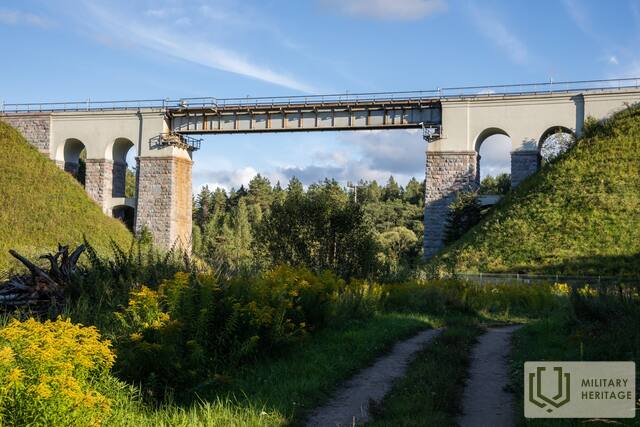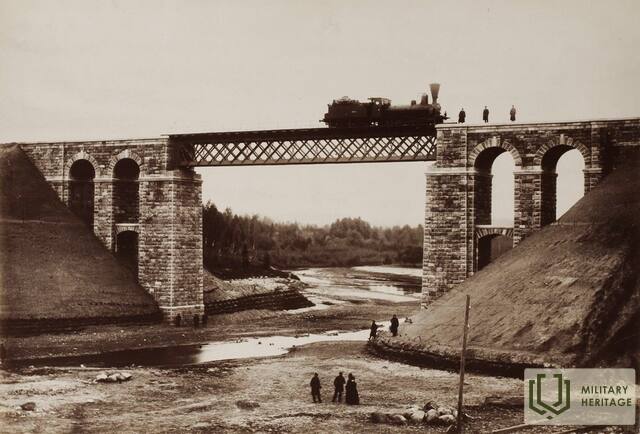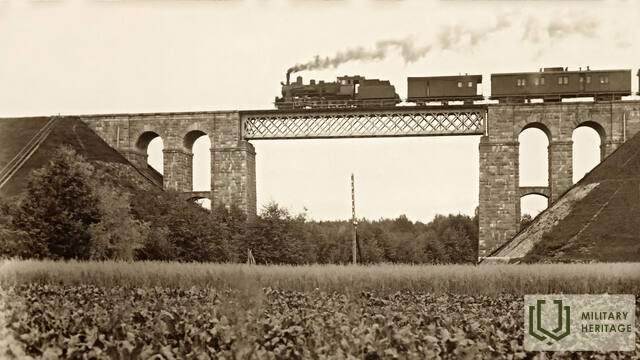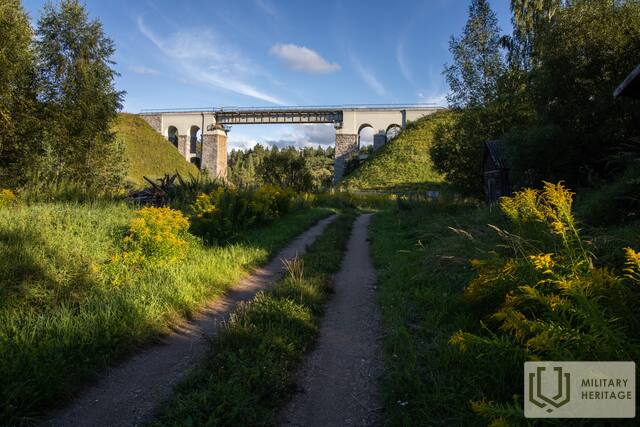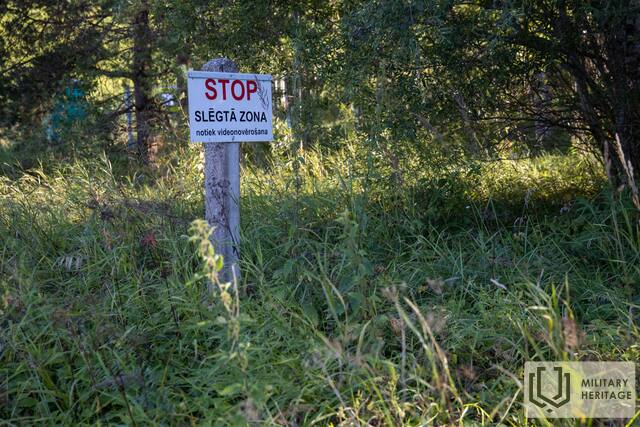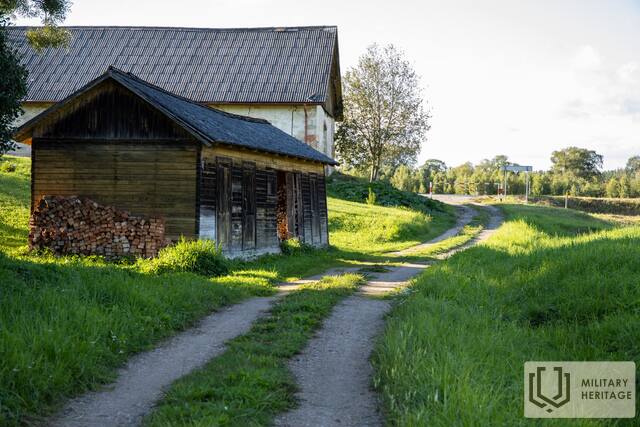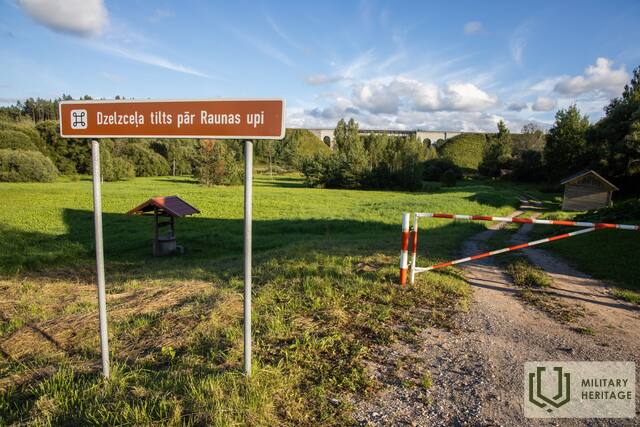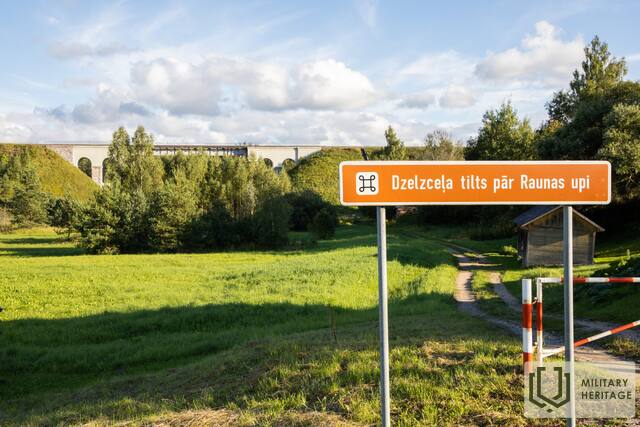Geležinkelio tiltas per Raunos upę Infrastruktūra

 97
97


Geležinkelio tiltas per Raunos upę yra netoli P20 greitkelio, Priekulių valsčiuje. Jį galima apžiūrėti iš dešinės Cėsių–Valmieros greitkelio pusės. Geležinkelio tiltas nėra skirtas pėstiesiems ir yra stebimas apsaugos darbuotojų. Pastatytas 1889 m., mūrinis tiltas Rygos–Valkos geležinkelio linijoje yra aukščiausias tokio tipo geležinkelio statinys Baltijos šalyse. Jo aukštis – 24 metrai, o ilgis – 78,9 metrai. Traukiniai, ypač sunkūs krovininiai traukiniai, privalo važiuoti 80 km/h greičiu. Didesni greičiai tiltu neleidžiami. Tačiau važiuojant mažesniu greičiu traukinys negali įveikti nedidelio tilto nuolydžio abiejose pusėse ir gali pradėti slysti atgal. 1919 m. birželį, per Estijos ir Latvijos nepriklausomybės karus, per tiltą iš Valkos, kuri buvo fronto gale, geležinkeliu buvo išsiųstas Estijos armijos pastiprinimas, tarp kurio buvo ir Šiaurės Latvijos brigada. Kai 2-asis Cėsių pėstininkų pulkas buvo priverstas trauktis iš Cėsių, jo daliniai sustiprino savo pozicijas Raunos upės pakrantėse. Geležinkelio tiltas tapo įtvirtinimų dalimi ir užtikrino Estijos šarvuočių judėjimą mūšių metu. Antrojo pasaulinio karo metu, 1941 m. liepos 4 d., tiltą susprogdino bėganti Raudonoji armija, kai sovietų okupaciją Latvijoje pakeitė vokiečių okupacija. Vokietijos armijos saperiai per savaitę atstatė tiltą. Po Antrojo pasaulinio karo, sovietų okupacijos metu, tiltas per Rauną turėjo karinę strateginę reikšmę ir buvo griežtai saugomas.
Panaudoti šaltiniai ir literatūra:
Tālis Pumpuriņš, Cėsių istorijos ir meno muziejus
Tolimasis, Nr. 5 (1941 m. liepos 26 d.)
Ozoliņš M. Kas apsaugos aukščiausią tiltą Latvijoje? Lauku Avīze, Nr.97, 1994-12-09.
http://visit.priekuli.lv
Susijusi laiko juosta
Susijusi istorija
Cėsių mūšio pradžia, eiga ir pabaiga
Pergalė Cėsių mūšyje turėjo tapti lūžio tašku Latvijos ir Estijos kovoje už savo šalies nepriklausomybę. Ši pergalė sustabdė Andrijevo Niedros vyriausybės ir vokiečių generolo Rüdigerio fon der Golco planus užkariauti Pabaltijį. Vietoj to, Liepojoje savo veiklą atnaujino Karlio Ulmanio vadovaujama Laikinoji Latvijos vyriausybė.




